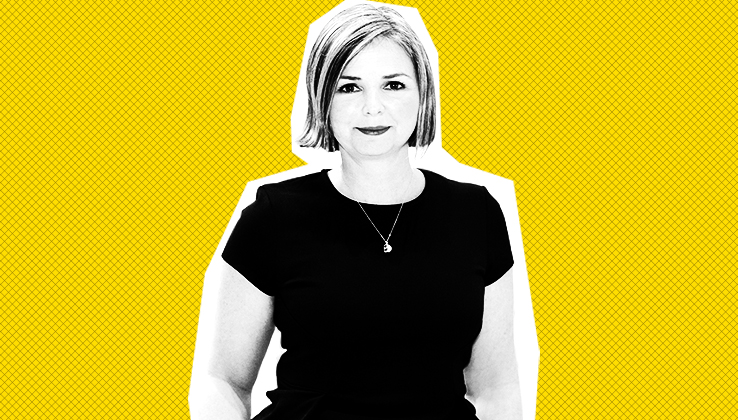Hearst’s Kate Lewis: One-third of Hearst’s magazine content is video

Subscribe: iTunes | Google Play | Stitcher
Last year, the big wave of pivoting to video washed over many media companies. Troy Young, global president for digital at Hearst Magazines, joined the Digiday Podcast last March and said half of Hearst Magazines’ content would soon be video.
This year, we invited Kate Lewis, svp and editorial director of Hearst Magazines Digital Media, on the podcast to check in with Hearst’s digital operations. So far, one-third of Hearst’s magazine content is video.
“It is definitely driven by advertisers. But it is also very driven by what the platforms want, but also consumption of video is going up. So I think there is an audience there,” said Lewis. “Video doesn’t change our brands. What changes the brand more is publishing so much stuff. When we published so much, we began understanding how the audience responds. Video lets us take the things they responded to and blow it up big.”
Lewis discusses Hearst’s digital evolution, the future of video consumption, publishing video on platforms and more in the episode. Highlights appear below, edited for clarity.
Legacy companies have ‘staying power’
“[VC-backed digitally native companies] were a North Star for us in the beginning. I don’t think they were leading us in the wrong direction. People feel a resonance for storied brands. There’s a staying power that advantages us. Digital media is not in crisis. It’s persistently disrupted. We have a pretty strong audience and business model that is here to stay. I just can’t let that [Facebook’s new strategies and algorithms] freak me out. The KPI for me is that we continue to see audience growth, maybe not in a traditional way.”
Visual chat is coming
“Snapchat feels more magazine-y to me. It’s an environment to expose new generations to our brands. It’s more than marketing; we make money off it. I like the efforts that Snap has made around visual chat. It’s interesting to create media in a visual chat environment where visual assets are shared from my media brand. The same is true for Instagram Stories. It’s about making a piece of art that travels.”
Instagram will be big in 2018
The informality of instagram stories is almost like a reverse of snap. Snapchat has Kylie Jenner tickling her dog, and then they added Discover. Instagram has a much more professionalized feed, and then they added stories. Instagram will be a big play for us in 2018. It’s an all-demographic platform. My kids use it, and my mom uses it. It’s a place where we can reach many generations which suits our brands.
Video has consumption challenges
“One of the challenges of video is that you’re a prisoner to video. If I click on a story, I’m in control of my consumption experience. With video, you’ve got four minutes, so you’ll either last for 20 seconds or stay for all four. I’m forced to go on a journey that the creator demands of me. Swipeable video, which is basically what Snap and Instagram Stories are, is how video will evolve in terms of consumption. People want to be able to scrub. There will need to be a method to distribute video that allows the consumer of that content to have more control on how they consume it.”
More in Future of TV

Future of TV Briefing: TV is YouTube’s top screen — except when counting views and among Gen Z viewers
This week’s Future of TV Briefing looks at how mobile still accounts for an overwhelming majority of YouTube video views and why some Gen Z viewers aren’t tuning into YouTube on TV screens.

YouTube vs. TikTok vs. Instagram: What Gen Z really watches in 2025
At VidCon 2025, more than a dozen Gen Z attendees weighed in on the video apps they are most and least likely to watch.

Future of TV Briefing: YouTube gives a peek at how its recommendation algorithms work
This week’s Future of TV Briefing recaps a VidCon session during which YouTube executives and creators unpacked the video platform’s recommendation engine.





